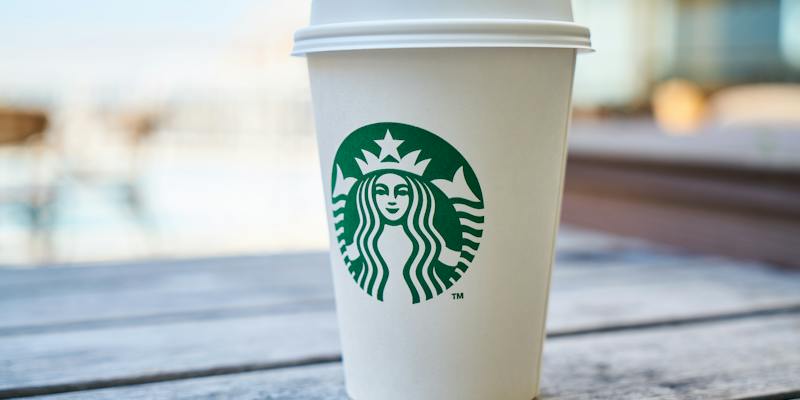The Supreme Court has made a significant decision by granting Starbucks’ writ of certiorari in cases concerning the reinstatement of seven fired workers. These cases will address challenges to the National Labor Relations Board’s (NLRB) decision to seek Section 10(j) injunctions. This development puts the test used by federal courts in Section 10(j) injunctions under scrutiny.
Background
In labor disputes, Section 10(j) injunctions play a crucial role. These injunctions are sought by the NLRB during the adjudication of unfair labor practices. The NLRB seeks injunctive relief to remedy violations that can occur during the process. Lower courts have been responsible for rendering decisions on the NLRB’s requests for these injunctions.
The test used in Section 10-(j) pertains to injunctions
The core issue revolves around the test employed by federal courts when determining whether to grant injunctive relief in cases where the NLRB is adjudicating unfair labor practice allegations. According to Starbucks’ petition, four circuit courts employ the test preferred by the company, while five others use a test with a lower threshold.
Starbucks’ Argument
Starbucks argues that the standard used by lower courts, including the Sixth Circuit Court of Appeals, places a burden on the NLRB to demonstrate “reasonable cause to believe that an unfair labor practice has occurred” for an injunction to be an appropriate remedy. By raising the evidentiary threshold, Starbucks contends that the NLRB would encounter greater difficulty in seeking injunctions against unfair labor practices, especially in cases where workers were fired for organizing.
NLRB’s response
In response to Starbucks’ petition seeking a writ of certiorari, the NLRB points out that Starbucks did not contest the district court’s finding of reasonable cause in its initial appeal. The NLRB argues that the differences between the two standards at issue are primarily terminological and that the “reasonable cause” process is similar to the “likelihood of success” standard that Starbucks is requesting.
Supreme Court’s decision
By granting the writ of certiorari, the Supreme Court signals that there is a substantial enough difference between the two tests to warrant further argument. This decision signifies the Court’s recognition of the importance of resolving the inconsistency in evaluating NLRB 10(j) injunction requests.
Starbucks Workers United’s reaction
Starbucks Workers United, in a statement emailed to Restaurant Dive, criticized the company, accusing it of seeking a “bailout for its illegal union busting” from the Supreme Court. This reaction highlights the contentious nature of the case and the divergent perspectives on the protection of workers’ rights.
Starbucks’ response
In an email response to Restaurant Dive, Starbucks expressed satisfaction with the court’s decision to hear the case. The company framed it as an opportunity to reconcile an inconsistency in evaluating NLRB 10(j) injunction requests. The outcome of the Supreme Court’s decision could potentially impact future labor disputes and the ability of the NLRB to seek injunctions under Section 10(j).
The Supreme Court’s grant of Starbucks’ writ of certiorari in the labor dispute cases signifies the Court’s recognition of the significance of the issues at stake. The test used in Section 10(j) injunctions and the NLRB’s ability to seek injunctive relief are now under review. The outcome of these cases will have far-reaching implications for employers, employees, and the protection of workers’ rights. It remains to be seen how the Supreme Court will resolve the inconsistencies and shape the future landscape of labor dispute resolution.

